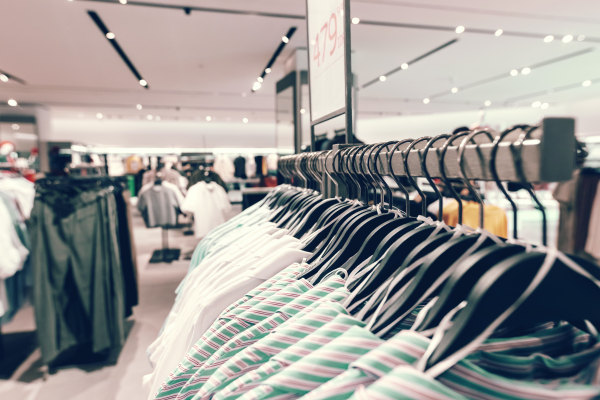The future of physical stores has been a key topic of discussion long before the pandemic. You’re likely familiar with the phrase “retail apocalypse,” which originated when the steady number of store closures led the industry to believe e-commerce was the future.
And there’s no arguing the unprecedented growth that e-commerce saw as a result of COVID-19. In fact, during the pandemic, 10 years of e-commerce growth happened in just 90 days.
But does this mean the end for physical retail? Not at all - in fact, it’s quite the opposite. The pandemic only underscored the importance of stores, as retailers and restaurants embraced new services such as curbside pickup, Buy Online, Pick Up in Store (BOPIS) and relied on stores for order fulfillment.
These changes underscore the fact that physical store locations still matter, and the best-performing retailers are the ones that innovate the fastest. To ensure continued success, retailers must have the technology infrastructure that can support continued innovation. This encompasses three areas: architecture, equipment and function.
Architecture - connecting commerce
Traditional brick-and-mortar retailers have learned the importance of an online presence. However, they’re also learning that it’s important for their online efforts to work hand-in-hand with their strategies for physical stores.
A centralized architecture can help retailers achieve holistic omnichannel commerce.
Centralized architecture allows shoppers to experience a unified experience across all channels and touchpoints. BOPIS and curbside services are great examples of seamless experiences; a consumer begins the grocery shopping online – whether through an app or a desktop – but then completes the journey at the store.
There’s a plethora of factors for retailers to consider when migrating to robust and agile architecture. Consistent branding, messaging, personalized messages and promotions, payment options and integration of fuel options are all of equal importance when it comes to better serving customers.
Equipment - ensuring safe checkout
During COVID-19, health and safety took the driver’s seat when it came to technology upgrades. Consumers demanded minimized interactions and touchpoints in-store.
This is where the point of sale can be completely revamped.
A checkout line is a notorious pain point for the physical store. Establishing faster, seamless options for a shopper to complete a purchase and pay are a win-win.
As consumers continue to grow more comfortable using their own devices for checkout and payments, mobile POS solutions enable retailers to provide exceptional customer service anywhere in the store.
Options to order ahead, tap and pay or use a self-serve kiosk can now all provide the same quality, speed and security of a stationary POS. To the industry’s surprise, QR codes have surged in popularity as yet another way customers can engage with a physical store in a safe and contactless manner.
Function - managing fulfillment
Perhaps the most critical transformation retailers must undertake is the function of their stores.
The traditional store has evolved to be much more than a location for shoppers to browse and buy the items they need.
Local delivery, order ahead, curbside and BOPIS continue to rise in popularity. These fulfillment methods have caused retailers to reevaluate their use of store space. As parking lots have expanded to become part of the store, designated signs and messaging are required to help seamlessly guide consumers through the journey.
Especially for food retailers managing fresh items, utilizing dark stores can ensure efficient fulfillment to shorten delivery times. What’s more, dark stores eliminate the need for pickers to be in physical stores, which can decrease the experience for customers who choose to shop in a traditional brick-and-mortar store.
These fulfillment options will continue in a post-pandemic world, as they’re quick and convenient methods for busy consumers.
Physical stores still play an essential role
Prior to the pandemic, retailers were focused on the importance of experiential retail in their stores. While a return to days before the pandemic is not possible, experiential retail still has the potential to influence the next few years of retail evolution.
At its core, it’s still about a personalized, seamless experience that’s unparalleled to a competitor. And as discussed above, physical stores still play an essential role.
But first, retailers must ensure their architecture, equipment and functions are up to snuff.

